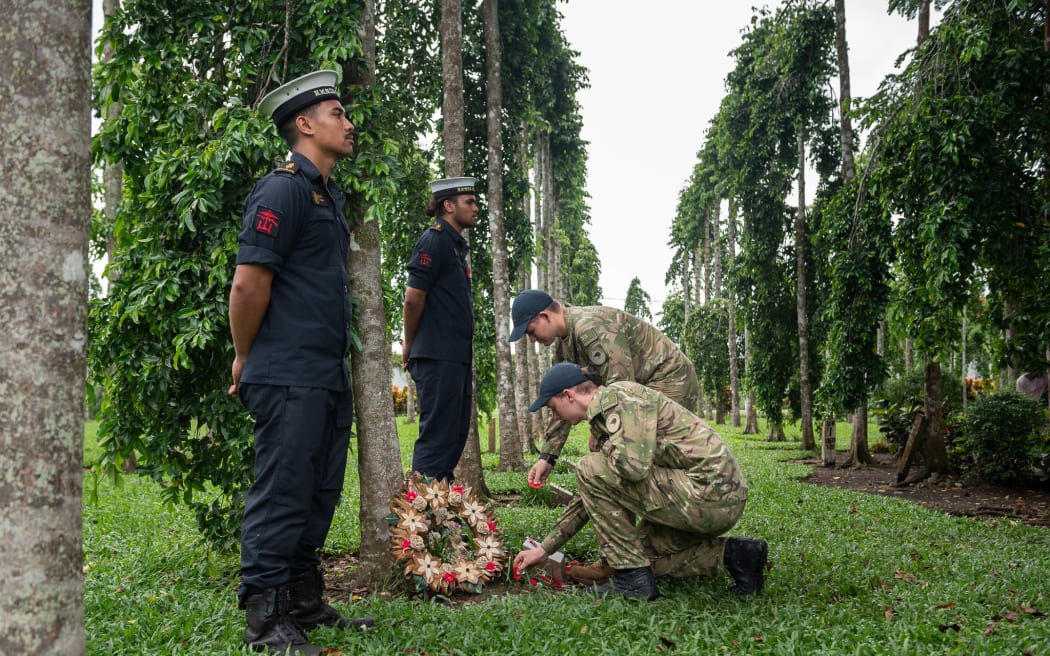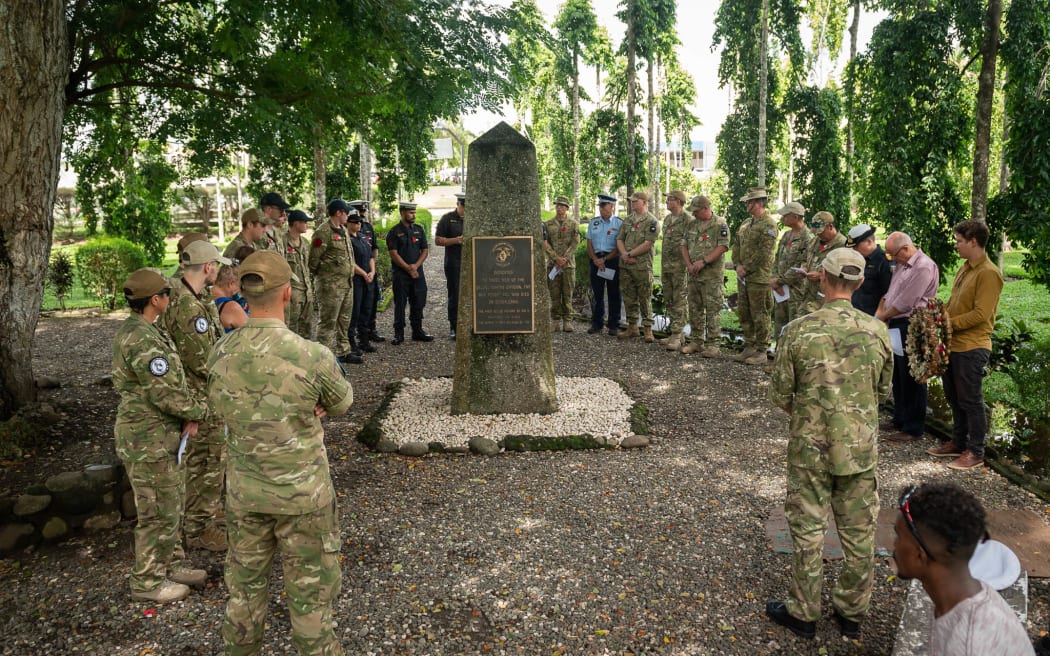USS Antietam shifts homeport from Japan to Hawaii
By Diana Stancy

The cruiser Antietam has moved from Japan to Joint Base Pearl Harbor-Hickam, Hawaii, as part of a “planned rotation of forces” in the region.
The shift is part of a broader rearrangement of ships in the West Pacific — including swapping the aircraft carrier Ronald Reagan with the George Washington. The GW previously served in Japan from 2008 to 2015.
The Antietam left its previous homeport in Yokosuka, Japan, in January, and participated in the Oceania Maritime Security Initiative mission to augment the Coast Guard’s maritime law enforcement operations in Oceania while en route to Hawaii.
RELATED

The George Washington returns to Japan in 2024, Reagan heads home
Yokosuka Naval Base previously hosted the George Washington from 2008 to 2015.
By Diana Stancy
The cruiser, based in Japan since 2013, also conducted port visits in Suva, Fiji and Apra Harbor, Guam, during its transit across the Pacific.
“I’m proud of the Antietam crew for their execution of the Oceanic Maritime Security Initiative during our homeport shift from Yokosuka, Japan to Hawaii,” Capt. Victor Garza, commanding officer of Antietam, said in a statement. “I thank the families for the support they give their Sailors. It is their strength that enables us to go to sea.”
The cruiser is swapping spots with the destroyer McCampbell, which returned to Yokosuka in March.



















